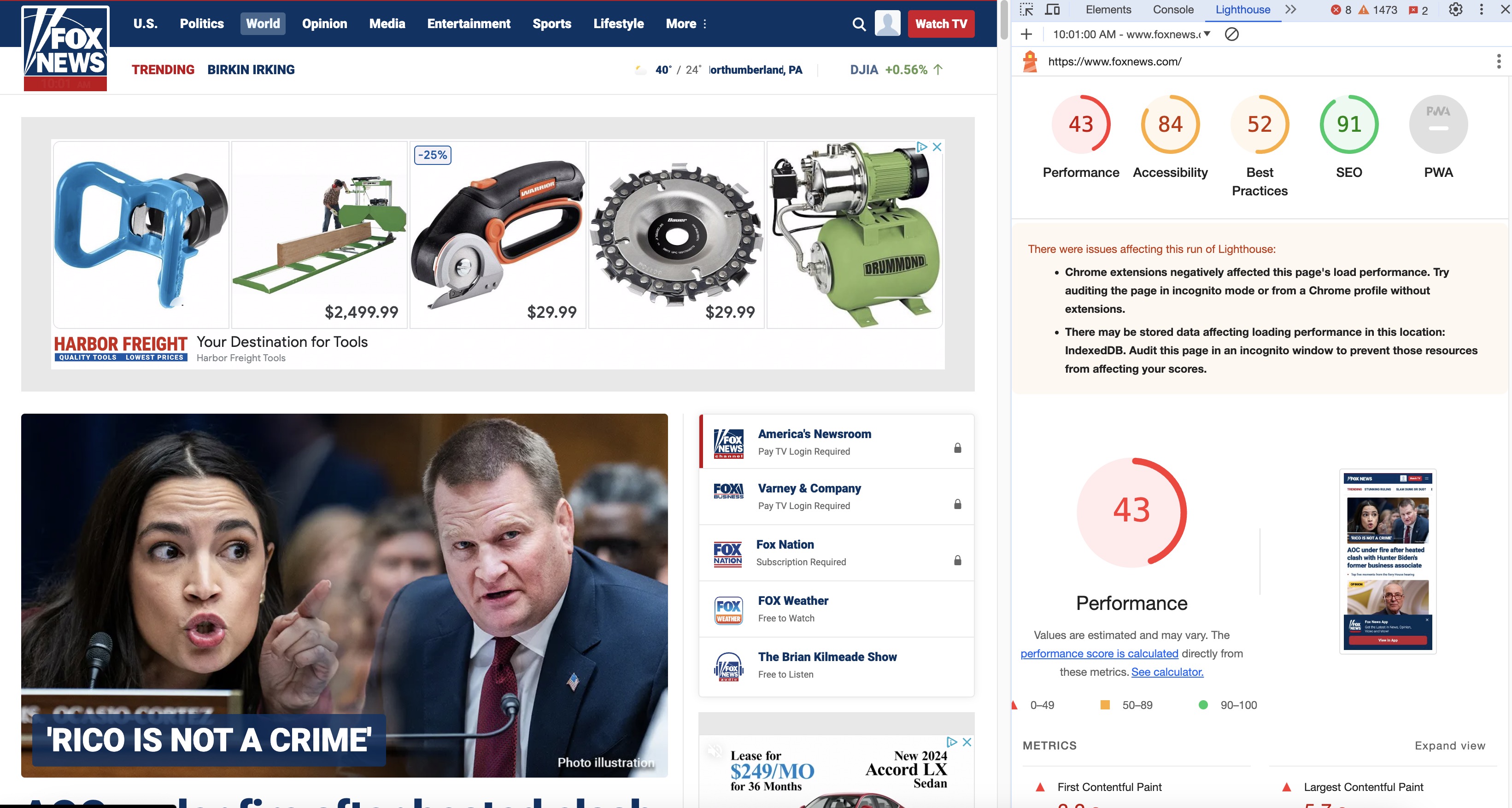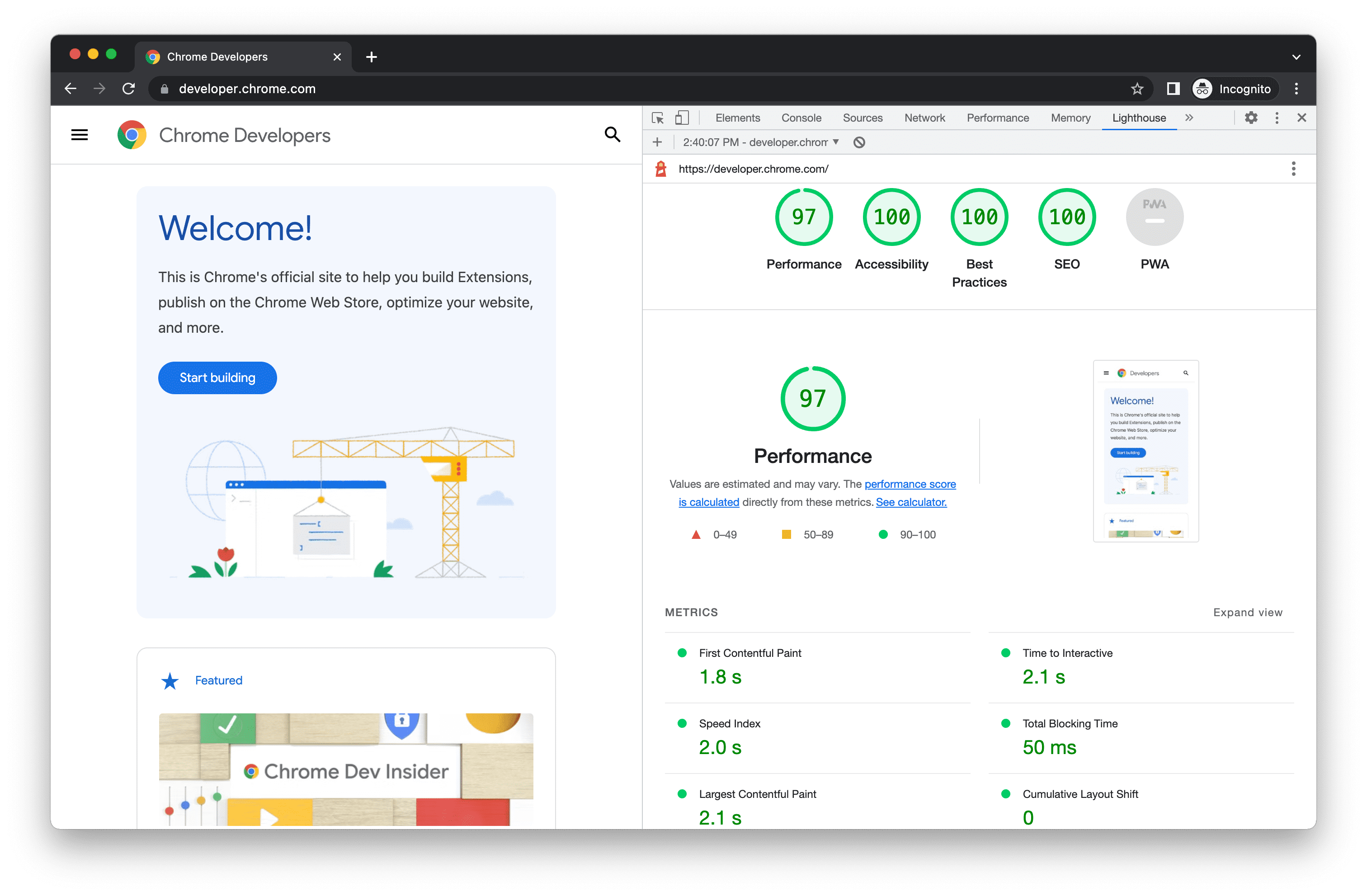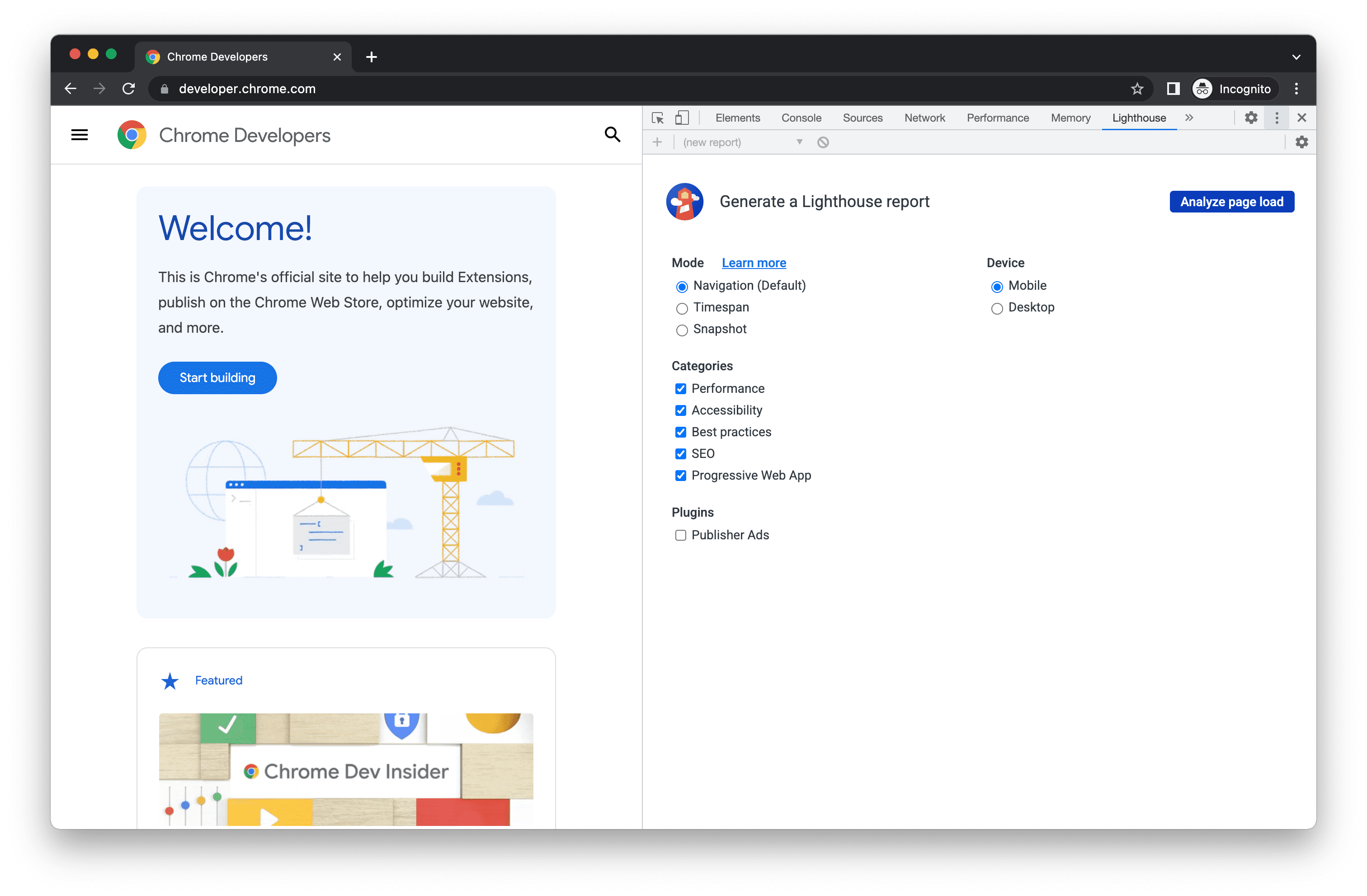The best part is that its completely free to use.
A website’s performance shapes user experience, engagement, and overall business outcomes.
Factors like sluggish page loading, poorly optimized content, and inadequate mobile responsiveness can turn away potential customers.

Google Lighthouseis a game-changing open-source tool that automates website improvement for developers and site managers.
It can be Used on any publicly available website or web tool page.
Features
Google Lighthouse is a powerful Chrome plugin that is easy to use and free for everyone.

This automated tool can help you enhance your web apps' performance, quality, and accuracy.
you could use the results of the failing tests as indicators to identify areas for improvement.
Lighthouse is a tool that helps assess web pages based on five key areas.

The first area that Lighthouse examines is a website’s performance.
This includes analyzing the website’s load times and users' time interacting with the page.
Lighthouse is a tool that evaluates websites to ensure they meet or exceed current best practices.
One critical thing Lighthouse checks for is HTTPS usage and secure connections throughout the site.
Furthermore, Lighthouse audits the websites to see areas that could be improved.
This includes avoiding outdated practices and using passive event listeners for better scrolling performance.
Lighthouse also assesses factors that impact how well a website appears on search engines (SEO).
By implementing these suggestions, website owners can enhance their sites' visibility to attract new viewers.
Lighthouse can be used to ensure that your website adheres to the Progressive Web Apps (PWA) checklist.
PWA optimal features are not mandatory but can improve the user experience and boost overall performance.
Installation, setup, and compatibility
Lighthouse is a powerful and versatile tool for auditing websites.
The most straightforward way to use Lighthouse is through Google Chrome’s DevTools.
From there, navigate to the Lighthouse tab, and you’re ready.
This extension provides easy access to Lighthouse without having to open DevTools.
Setting up Lighthouse as a Node.js package is an option for more advanced users.
This will enable automation and smooth integration into the development workflow.
Best of all, Lighthouse is free and easy to optimize your website immediately.
One tool worth exploring is Google Lighthouse.
Google Lighthouse has gained popularity over the years for some reasons.
It comes with benefits and a few downsides.
Lets start with the positives.
Firstly, Lighthouse is very user-friendly.
Even if youre not tech-savvy, navigating and understanding its features is easy.
Running audits from the DevTools panel allows for results to be displayed in a format.
This provides a view of your websites strengths and weaknesses, helping pinpoint areas for improvement.
Furthermore, Lighthouses detailed reports are impressive as they offer insights into enhancement opportunities while sorting issues by severity.
You’ll also receive recommendations on how to address the highlighted issues.
Did I mention that Lighthouse doesn’t cost a thing?
Nevertheless, like any tool, using Lighthouse has its downsides.
To get an assessment, its recommended to supplement with other tools and manual testing.
It’s important to remember that Lighthouse utilizes Googles performance and SEO metrics.
While these metrics are helpful, its essential to consider factors that could affect user experience.
Google Lighthouse is a beneficial tool for web developers.
The fact that its open source only adds to its appeal.
So, if you havent already given it a shot, try out Lighthouse.
Witness how it can enhance your websites performance and user experience.